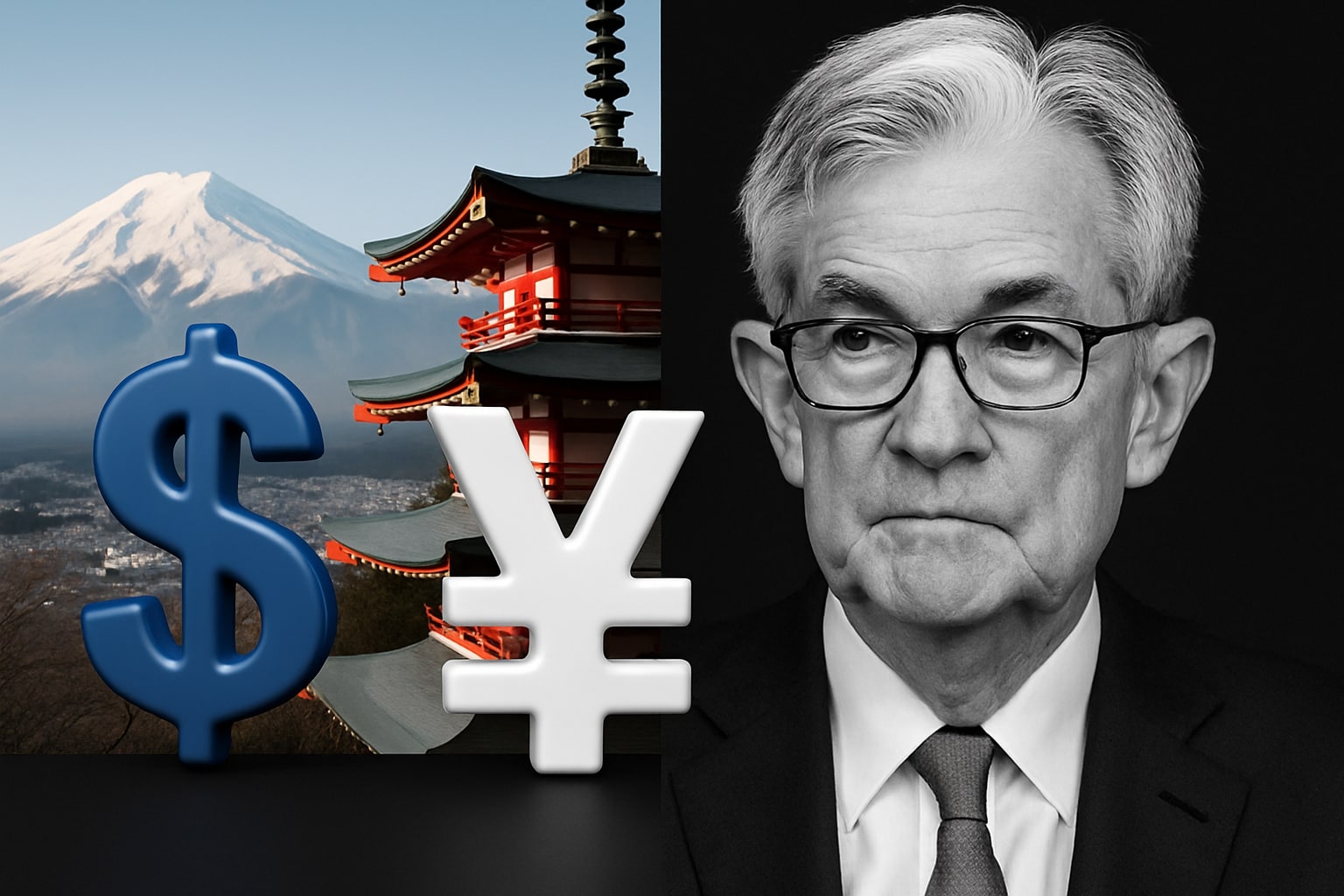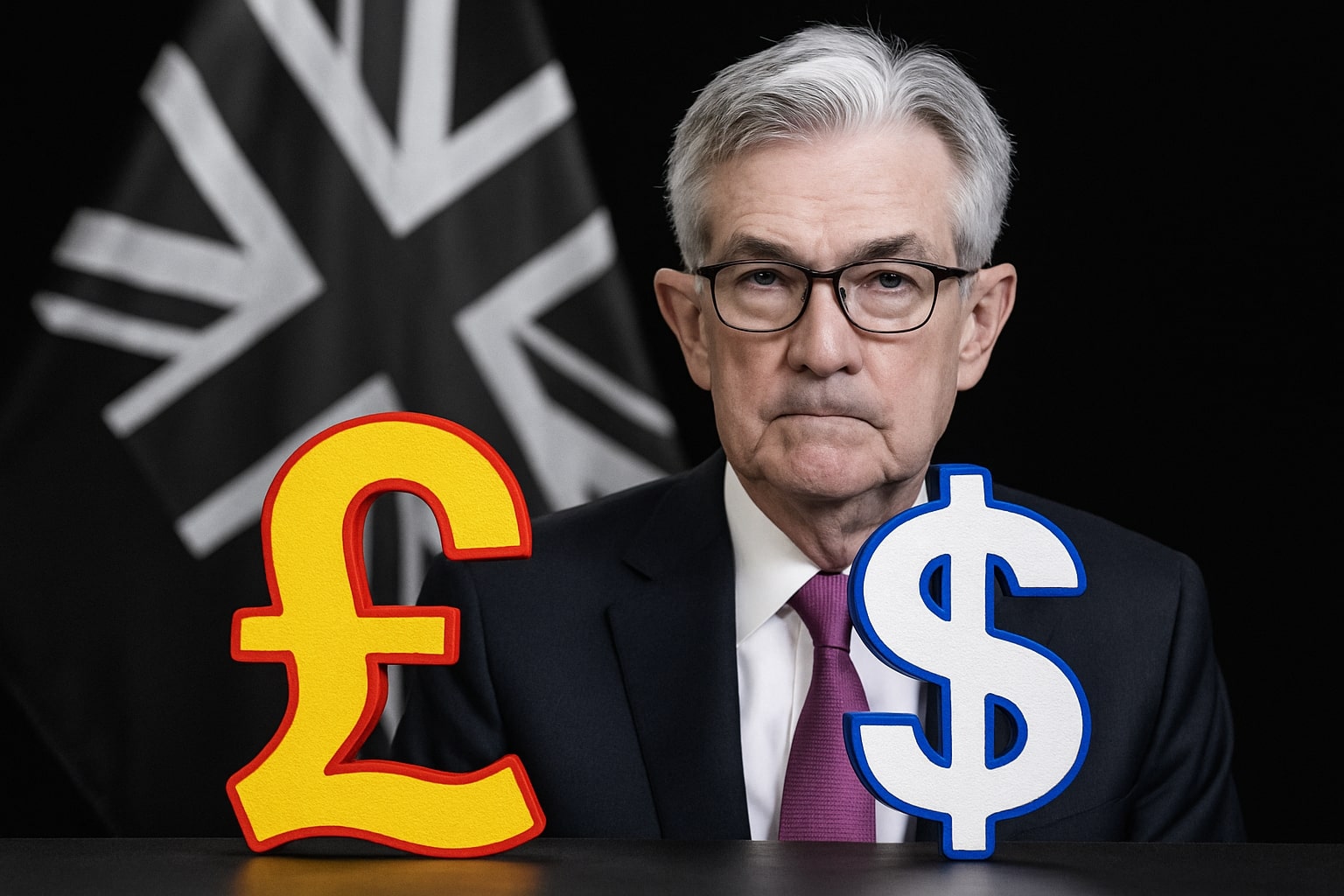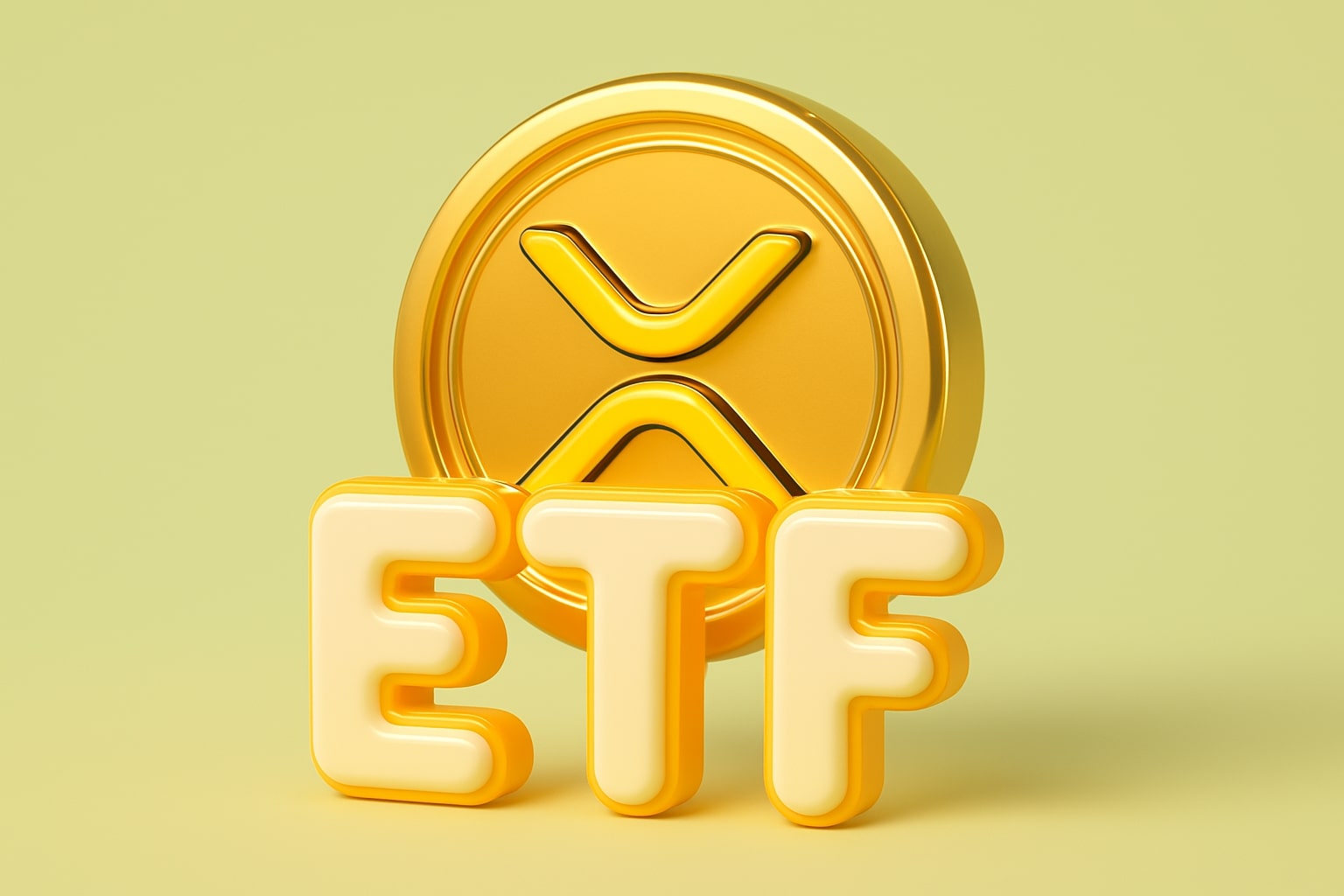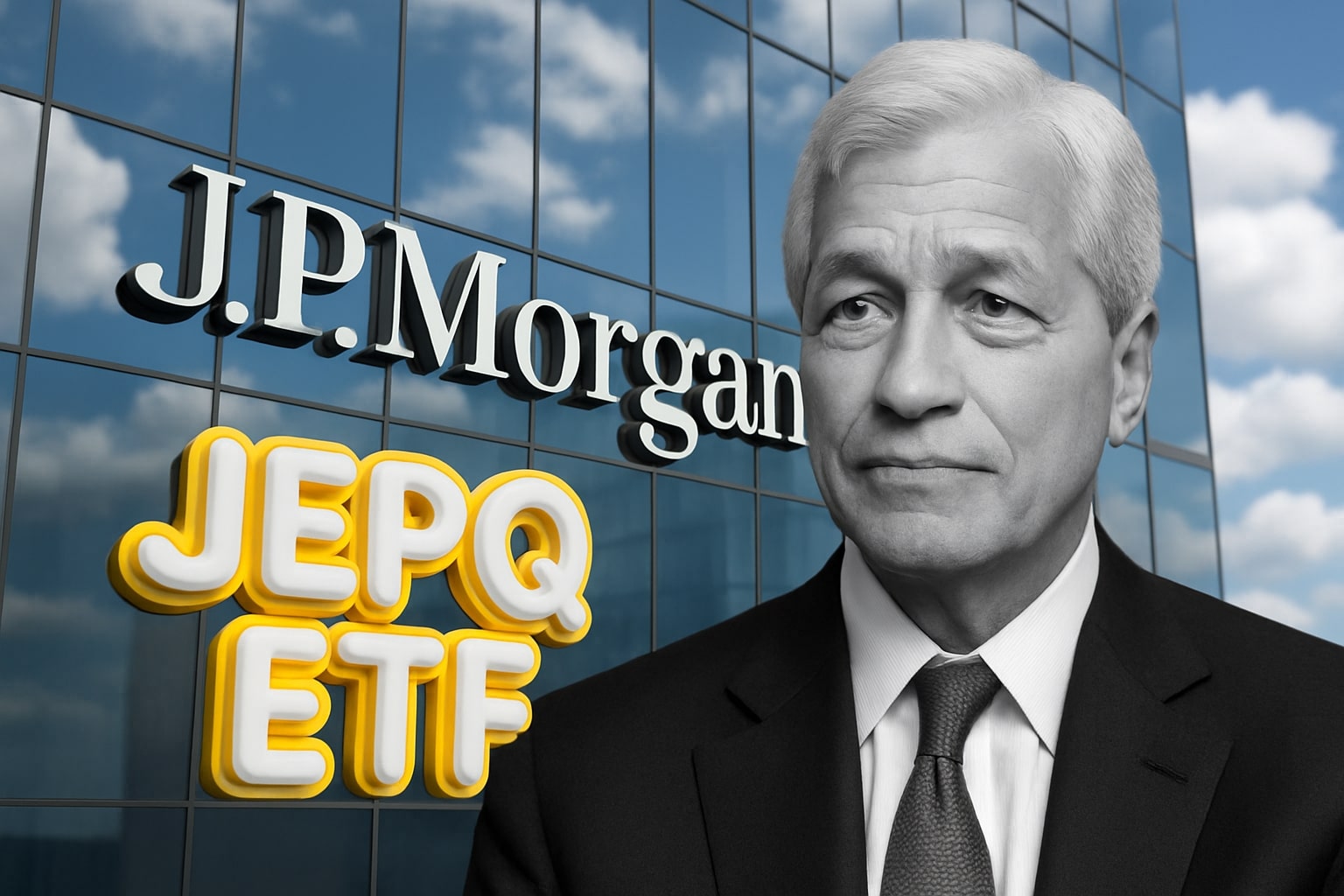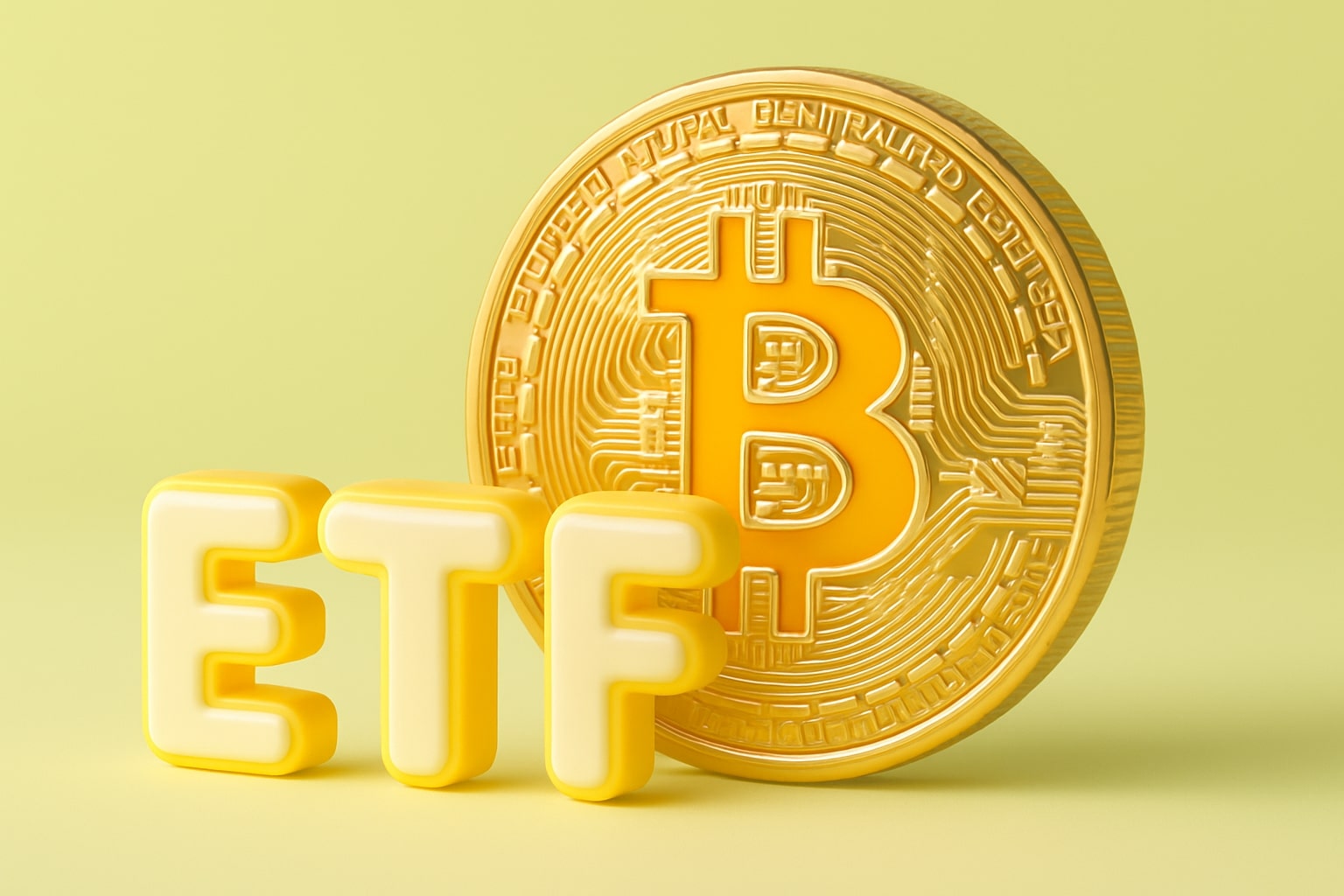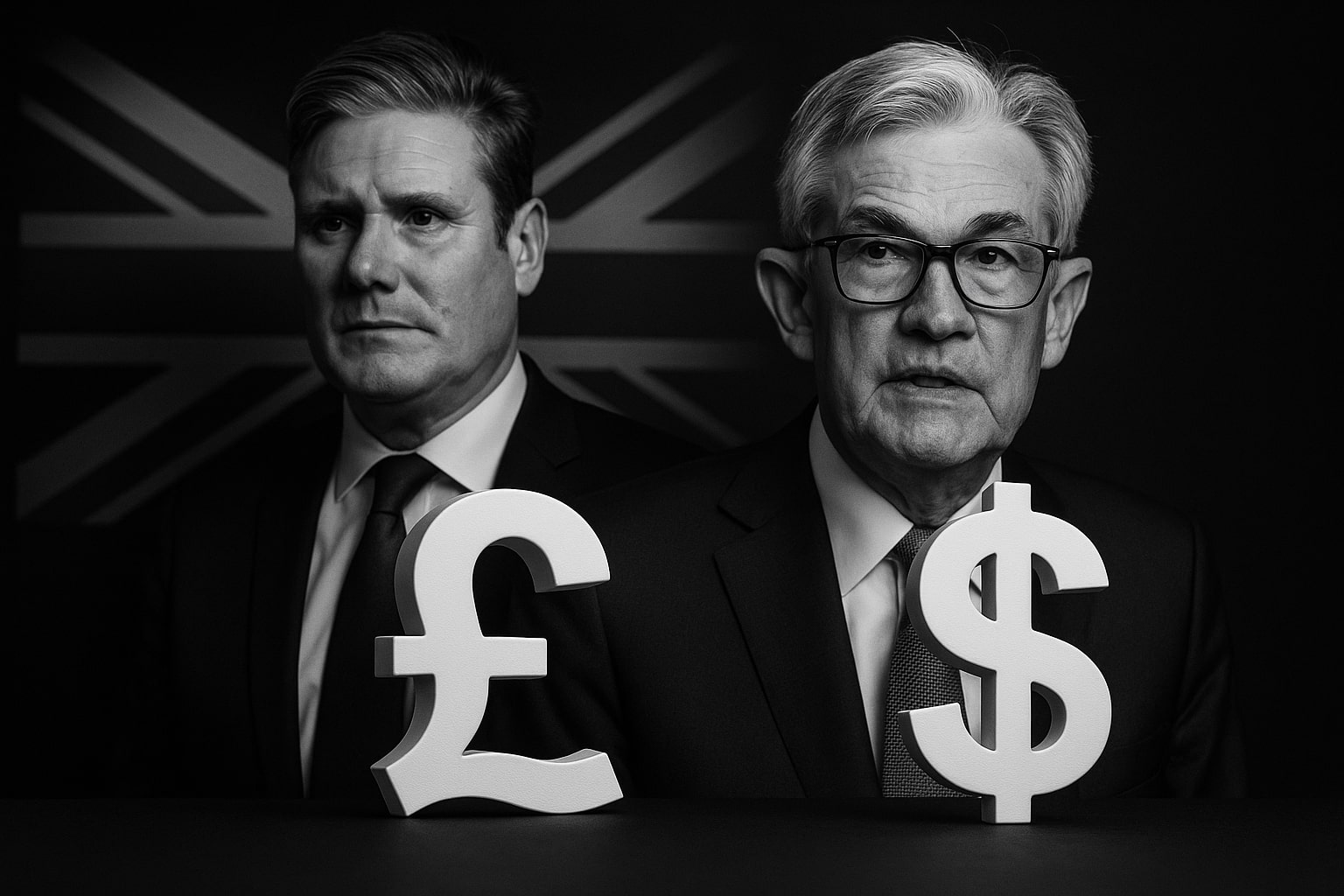
GBP/USD Price Forecast - Pound Soars to $1.3160 as Bank of England Holds Rates and U.S. Dollar Weakens
The pound jumps past $1.3100 after the BoE’s hawkish hold and collapsing U.S. data drive investors away from the greenback, with 1.3300 back in sight | That's TradingNEWS
GBP/USD Surges to 1.3160 as Dollar Weakens on U.S. Shutdown Chaos and Bank of England Holds Rates Steady
The British pound (GBP/USD) trades near 1.3160, gaining momentum after a volatile week dominated by U.S. dollar weakness, a prolonged government shutdown, and the Bank of England’s (BoE) decision to hold interest rates at 4.00%. The pair, which hit a seven-month low at 1.2820 earlier this quarter, has staged an aggressive recovery as traders unwind dollar longs amid deteriorating U.S. data and collapsing consumer confidence. Market positioning has shifted sharply, with hedge funds rotating out of the greenback into higher-yield currencies like sterling.
The GBP/USD pair opened the week at 1.3045, extended to 1.3162, and is now trading at 1.3115, up roughly 0.55% over the past five sessions. In a single trading day following the BoE announcement, the pound spiked more than 0.8%, touching 1.3100 for the first time since mid-September, driven by aggressive short-covering as rate expectations stabilized.
Bank of England Vote Signals a Controlled Pause, Not a Pivot
The BoE Monetary Policy Committee (MPC) voted 6-3 to maintain rates at 4.00%, marking the second consecutive hold since July. The three dissenters favored another 25 basis-point hike, citing persistent wage inflation near 6.8% YoY and services inflation at 5.4%. Governor Andrew Bailey reiterated that the fight against inflation “is not yet over” but acknowledged that headline CPI has peaked at 3.8% in September, its lowest in nearly two years.
Markets interpreted the tone as a “hawkish hold.” Sterling traders were quick to price out rate cuts for early 2026, pushing gilt yields higher by 7 bps at the 10-year tenor to 4.19%, while 2-year yields firmed to 4.57%. This yield advantage relative to U.S. Treasuries has supported GBP/USD’s climb above the 1.3100 threshold, despite broader market risk aversion.
U.S. Dollar Index Collapses Under Shutdown Pressure and Weak Data
The U.S. Dollar Index (DXY) slumped below the critical 101.00 level, its weakest since April, as prolonged fiscal gridlock in Washington delayed key data releases including Nonfarm Payrolls (NFP) and Consumer Price Index (CPI). Without fresh macro indicators, traders extrapolated from weaker-than-expected private surveys: U.S. job growth slowed to just 95,000 in October, while consumer sentiment (U-Mich) fell to 60.4, its lowest since 2023.
Treasury yields plunged in sympathy, with the 10-year yield dropping 19 bps to 4.41%, and the 2-year yield sliding 22 bps to 4.65%, compressing the yield differential that previously favored the dollar. The market now sees only a 34% probability of another Fed rate cut by March, down from 56% two weeks ago. This collapse in rate premium directly weakened USD across the board, driving EUR/USD to 1.1600 and GBP/USD beyond 1.3150.
Sterling Strength Backed by Macro Stability and Fiscal Discipline
Sterling’s rise is not purely a dollar story. The UK’s Q3 GDP flatlined at 0.0% QoQ, narrowly avoiding contraction, but services output grew 0.3%, powered by financial and IT sectors. The Budget Office forecasts 1.1% growth in 2026, while wage growth outpaces inflation for the first time since 2021. Fiscal discipline remains tight—public sector borrowing in September came in £1.2 billion below projections, easing pressure on the Treasury and calming bond markets after the volatility of 2022.
The combination of a stable macro backdrop and moderating inflation has restored credibility to the pound. Net speculative long positions in GBP futures climbed to +36,800 contracts, up from +24,000 last month, marking the largest bullish position since February.
China and Global Sentiment Add Indirect Tailwinds to GBP/USD
The Chinese Consumer Price Index (CPI) surprised to the upside at +0.2% YoY (vs. 0.0% expected), signaling a mild revival in global demand and easing deflation fears. This improvement supported commodity currencies and risk assets, reducing broad dollar demand. Meanwhile, China’s Producer Price Index (PPI) declined −2.1% YoY, less than forecast, suggesting supply-chain stabilization.
For the pound, this matters because global stability reduces safe-haven flows into the dollar. The FTSE 100 gained 0.47%, while the S&P 500 slid 0.82%, showing relative UK resilience amid U.S. weakness. This divergence has encouraged foreign inflows into UK equities and gilts, adding upward pressure to sterling.
Technical Breakdown: Key Resistance at 1.3160, Support at 1.3000
On the technical side, GBP/USD is consolidating just under 1.3160, the upper end of its three-week range. A breakout above this level could target 1.3280, aligning with the August swing high. The 200-day moving average (1.2920) provides solid long-term support, while short-term buyers are defending the 1.3050–1.3000 zone.
Momentum oscillators confirm strengthening bullish bias. The Relative Strength Index (RSI) holds at 58, well above the neutral line, while MACD histograms remain positive, signaling sustained upward momentum. Bollinger Bands are widening, suggesting higher volatility as GBP/USD retests major resistance.
Institutional and Retail Sentiment Diverges Sharply
Institutional flows show renewed conviction in sterling. CFTC data indicates leveraged funds increased net long exposure by 22% week-over-week, while commercial hedgers remain net short—indicating corporate demand for dollar hedges at these levels. Retail sentiment, by contrast, is heavily skewed the other way: 62% of traders remain short GBP/USD, a contrarian signal that typically supports further upside.
Options market data reinforces this bullish tilt: the 25-delta risk reversal for one-month tenor flipped positive (+0.34), its highest since May, meaning call options are now more expensive than puts—a sign traders expect further sterling appreciation.
Comparative Currency Performance Shows Sterling Leadership
Against other majors, the pound is outperforming. GBP/JPY climbed to 194.60, a 16-year high, while GBP/CHF rose to 1.1420, extending its five-day streak. GBP/EUR, however, remains subdued at 1.1345, as both currencies benefit from U.S. dollar weakness. This broad-based performance underscores the market’s rotation toward European currencies at the expense of the dollar and yen.
The pound’s real effective exchange rate (REER) remains 7% below its 10-year average, implying further appreciation potential if inflation continues cooling and rate differentials narrow in the U.S.
Read More
-
JEPQ ETF Holds $58.82 as Fund Flows Cool and Nasdaq Valuations Stretch
06.12.2025 · TradingNEWS ArchiveStocks
-
XRP ETFs Cross $1 Billion AUM as XRPI and XRPR Lead Institutional Wave
06.12.2025 · TradingNEWS ArchiveCrypto
-
Natural Gas Price Breakout: NG=F Soars to $5.50 on Cold U.S. Weather & LNG Export Boom
06.12.2025 · TradingNEWS ArchiveCommodities
-
USD/JPY Price Forecast - Dollar to yen Slides to 155.60, BOJ Hike Reprice Global Currency Markets
06.12.2025 · TradingNEWS ArchiveForex
Short-Term Drivers: U.S. Shutdown, Weak Jobs, and Market Volatility
The ongoing U.S. government shutdown, now entering its sixth week, remains the dominant macro driver. The absence of official data releases (CPI, NFP, Retail Sales) has amplified uncertainty and reduced investor confidence in dollar stability. Market volatility surged, with the CBOE Volatility Index (VIX) climbing above 28, its highest since April.
The Nasdaq 100 fell 3.9%, while the Dow Jones slipped 2.4%, pressuring the greenback as investors sought liquidity in other assets. Gold rallied to $4,000 per ounce, confirming broad safe-haven flows outside the dollar. In this environment, sterling has benefited as a secondary hedge against U.S. dysfunction.
Market Outlook for GBP/USD: Controlled Upside Bias with Volatile Path
Looking ahead, traders expect GBP/USD to trade within 1.3000–1.3300 until mid-December, barring a surprise resolution to the U.S. fiscal impasse or an unexpected BoE shift. The next key catalyst will be the UK October CPI, projected at 3.4% YoY, and the U.S. ISM manufacturing report, delayed by the shutdown.
Derivatives markets show implied volatility at 9.2%, up from 7.5% last week, reflecting uncertainty but favoring upside skew. Institutional targets for Q1 2026 hover around 1.3400–1.3500, contingent on continued Fed paralysis and stable UK yields.
Verdict on GBP/USD — BUY (Medium-Term Bias: Bullish with Volatility)
The structure of the market supports a BUY stance on GBP/USD, targeting 1.3300–1.3400 into early 2026. The convergence of BoE stability, moderating UK inflation, a weak U.S. dollar, and rising institutional demand underpins the medium-term bullish view.
As long as GBP/USD holds above 1.3000, the pair remains technically constructive. The dollar’s inability to sustain rebounds under mounting macro pressure points to further sterling strength, particularly if the BoE maintains its restrictive stance while U.S. data deteriorates.
The market is no longer trading sentiment—it’s trading credibility. For now, the pound has it, and the dollar doesn’t.














